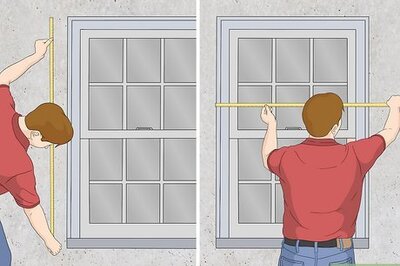
views
Mumbai: A new software platform, developed by French scientists, which was demonstrated at a tech fest at the Indian Institute of Technology (IIT) here allows individuals to control computer commands by just a 'thought'.
Acting as an interface designed to translate what happens in the brain into a computer command, this software -- 'OpenViBE'-- is the outcome of a project initiated in 2005 and has a multitude of potential applications.
"The OpenViBE software platform facilitates the design, testing and use of 'brain-computer interfaces' - in other words, systems that process the electrical signals linked with brain activity and translate them into a command that can be understood by machines," computer scientists Yann Renard and Laurent Bonnet said while demonstrating the software at the Department of Computer Sciences, IIT, here yesterday.
These allow individuals to communicate with a computer or any automated system without using their hands or other movements to activate a button or remote control, they said.
"OpenViBE provides a tool that is aimed at a varied audience, from researchers and clinicians to video game developers," they said.
To a query on whether writing by thought was now possible, the scientists replied in affirmative.
A person wearing an EEG (electroencephalogram) cap focuses his attention on the letter that he wants to spell out. When this letter flashes, a particular brain wave is generated which is picked up, detected and interpreted by the machine, they said.
Explaining further in technical terms, the scientists said, "OpenViBE is a series of software libraries and modules written in C++ that can be simply and effectively integrated in order to design real-time applications. Programmer users can develop their own code, while non-programmers can use the graphical interface."
The Brain-Computer Interfaces and OpenViBE can also be used to assist those with motor disabilities -- particularly entirely paralysed persons suffering from locked-in syndrome, in multimedia -- video games and virtual reality and in
general to facilitate any type of interaction with an automated system like robotics, home automation.
"They also open up possibilities to treat certain neurological problems, attention disorders, motor recovery after a stroke for example, through rehabilitation processes such as neuro feedback," the scientists said.

















Comments
0 comment